Home>Articles>How Many Lumens Is A 60 Watt Incandescent Bulb
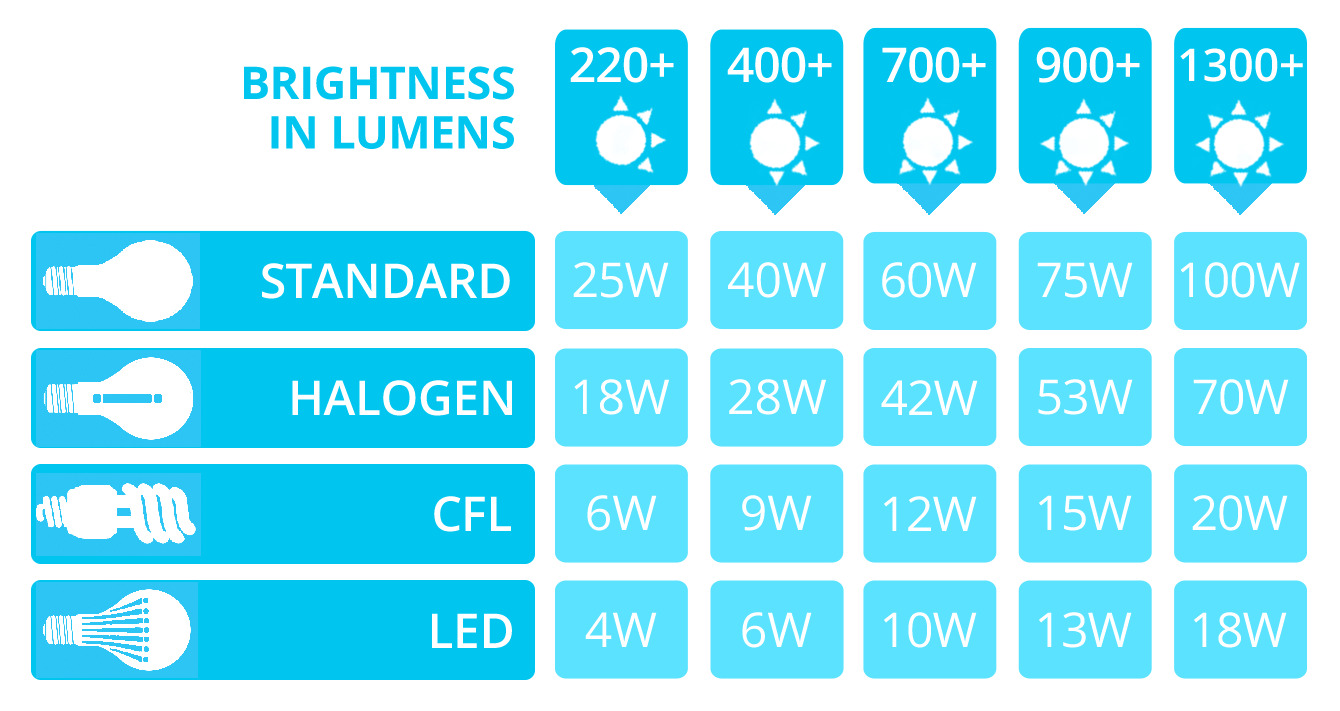

Articles
How Many Lumens Is A 60 Watt Incandescent Bulb
Modified: January 22, 2024
Discover how many lumens a 60-watt incandescent bulb produces and find informative articles on lighting options and comparisons.
(Many of the links in this article redirect to a specific reviewed product. Your purchase of these products through affiliate links helps to generate commission for Storables.com, at no extra cost. Learn more)
Introduction
Lighting plays a crucial role in our everyday lives. Whether it’s at home, in the office, or in public spaces, we rely on light to see and carry out our tasks effectively. With the advancements in technology, there are a variety of light bulb options available in the market today. One commonly used measure of the brightness of light bulbs is lumens. In this article, we will delve into the world of lumens and watts, specifically focusing on how many lumens a 60 watt incandescent bulb produces.
Lumens refer to the amount of visible light emitted by a light source. It is a measure of brightness – the higher the lumens, the brighter the light. On the other hand, watts measure the amount of power consumed by a light bulb. In the past, wattage was commonly used as an indicator of brightness, with higher wattage bulbs presumed to produce more light. However, this correlation is not accurate when comparing different types of bulbs, as they have varying levels of efficiency. Hence, relying solely on wattage to determine brightness is no longer effective.
Now, let’s address the specific question at hand: how many lumens does a 60 watt incandescent bulb produce? Incandescent bulbs, while once the most commonly used type of light bulb, are being phased out due to their low energy efficiency. They work by heating a metal filament until it glows and emits light. Typically, a 60 watt incandescent bulb produces around 800 lumens of light. However, it’s important to note that this may vary slightly depending on the brand and specific model of the bulb.
Key Takeaways:
- Lumens, not wattage, determine brightness. A 60W incandescent bulb typically produces 800 lumens, but LED and CFL bulbs offer the same brightness with significantly less energy consumption.
- Consider lumens for energy-efficient lighting. LED and CFL bulbs match or exceed the brightness of a 60W incandescent bulb while consuming less energy and lasting longer.
Read more: How Many Lumens 100 Watt Incandescent Bulb
Understanding Lumens and Watts
Before we dive into the specifics of a 60 watt incandescent bulb, it’s important to have a clear understanding of lumens and watts. Lumens measure the amount of visible light emitted by a light source, while watts indicate the amount of electrical power consumed by the bulb.
In the past, when incandescent bulbs were the primary choice for lighting, wattage was commonly used as a measure of brightness. The higher the wattage, the brighter the bulb was assumed to be. However, this system was flawed, as different types of light bulbs have varying levels of efficiency. This led to confusion among consumers and a lack of accurate representation of brightness.
To address this issue, lumens were introduced as a standardized measure of brightness. Lumens provide a more accurate representation of the amount of light a bulb emits, regardless of the bulb’s power consumption. This allows consumers to make more informed decisions when selecting light bulbs based on their desired level of brightness.
For instance, a traditional incandescent bulb may consume 60 watts of power and emit around 800 lumens of light. On the other hand, a newer LED bulb may consume only 10 watts of power but emit the same amount of light, or even more. This illustrates the importance of considering lumens rather than relying solely on wattage when choosing light bulbs.
It is worth noting that different areas and tasks may require different levels of brightness. For example, a living room may benefit from a warm and ambient light with a lower lumen output, while a workspace or kitchen may require a brighter illumination for tasks such as reading or cooking. By understanding lumens, consumers can select the right bulbs to suit their specific lighting needs.
Now that we have a clear understanding of lumens and watts, let’s explore the specific lumens output of a 60 watt incandescent bulb and how it compares to other bulb types.
Lumens of a 60 Watt Incandescent Bulb
A 60 watt incandescent bulb is a commonly used light bulb in many households and businesses. When it comes to lumens, a 60 watt incandescent bulb typically produces around 800 lumens of light. However, it’s important to note that this is a general guideline and the actual lumen output may vary based on factors such as the brand, specific model, and age of the bulb.
The lumen output of a 60 watt incandescent bulb is considered to be in the mid-range when compared to other types of bulbs. Incandescent bulbs have a lower luminous efficacy, meaning they convert a smaller percentage of the electrical energy into visible light. This results in a higher amount of heat produced compared to the amount of light emitted. As a result, incandescent bulbs are less energy efficient and have shorter lifespans compared to newer bulb technologies like LED (Light Emitting Diode) and CFL (Compact Fluorescent Light) bulbs.
To put it into perspective, a 60 watt incandescent bulb produces roughly the same amount of light as a 15 watt CFL bulb or a 10-12 watt LED bulb. This significant difference in wattage highlights the energy-saving potential of switching to more efficient light bulb options. By replacing a 60 watt incandescent bulb with an LED or CFL bulb, you can achieve the same level of brightness while consuming significantly less energy.
It is important to note that the phase-out of incandescent bulbs has been initiated in many countries due to their inefficiency. This shift towards more energy-efficient alternatives is aimed at reducing energy consumption and carbon emissions. Therefore, while a 60 watt incandescent bulb may still be available in the market, it is highly recommended to consider the long-term benefits of switching to more efficient bulb options.
In summary, a 60 watt incandescent bulb produces an output of approximately 800 lumens. However, it is essential to keep in mind that this value can vary depending on the specific bulb and other factors. With the availability of more energy-efficient options, it is worth exploring alternatives such as LED and CFL bulbs to achieve the same level of brightness while significantly reducing energy consumption and environmental impact.
Comparison with Other Bulb Types
When it comes to choosing the right light bulb for your needs, it’s important to compare different options available in the market. In this section, we will compare a 60 watt incandescent bulb with other common bulb types, including LED and CFL bulbs, in terms of energy efficiency, lifespan, and lumen output.
LED (Light Emitting Diode) bulbs are known for their energy efficiency and longevity. While a 60 watt incandescent bulb produces around 800 lumens, an equivalent LED bulb can produce the same amount of light while consuming significantly less energy. A typical 10-12 watt LED bulb can generate around 800 lumens, making it a highly efficient alternative to incandescent bulbs. LED bulbs also have a much longer lifespan, with some models lasting up to 25,000 hours or more. This translates to lower maintenance and replacement costs over time.
CFL (Compact Fluorescent Light) bulbs are another energy-efficient option to consider. A 15-watt CFL bulb can emit around 800 lumens, similar to a 60 watt incandescent bulb. CFL bulbs are more energy-efficient than incandescent bulbs, saving up to 75% in energy usage. However, it’s worth mentioning that CFL bulbs have a slightly shorter lifespan compared to LED bulbs and contain trace amounts of mercury, requiring proper disposal methods to minimize environmental impact.
In terms of energy efficiency, both LED and CFL bulbs significantly outperform incandescent bulbs. Incandescent bulbs waste a large portion of their energy as heat, resulting in higher energy consumption and shorter lifespans.
When comparing the lumen output, LED and CFL bulbs provide equivalent or even higher levels of brightness while consuming significantly less energy. This makes them a more cost-effective and eco-friendly choice in the long run.
It’s important to keep in mind that the upfront cost of LED and CFL bulbs may be higher than incandescent bulbs. However, the energy savings and longer lifespan of these bulbs outweigh the initial investment. Additionally, with the phasing out of incandescent bulbs in many countries, LED and CFL bulbs are becoming more accessible and affordable.
To summarize, LED and CFL bulbs offer superior energy efficiency and longer lifespans compared to a 60 watt incandescent bulb. They can produce the same or higher lumen output while consuming significantly less energy. Considering their environmental benefits and cost savings in the long run, it is recommended to transition to LED or CFL bulbs as a more sustainable lighting option.
A 60 watt incandescent bulb typically produces around 800 lumens. If you’re looking for a more energy-efficient option, consider switching to an LED bulb with equivalent lumens.
Factors Affecting Lumen Output
When it comes to determining the lumen output of a light bulb, there are several factors that can influence the brightness. Understanding these factors can help you make informed decisions when selecting the right bulb for your lighting needs. Here are some key factors that affect lumen output:
- Bulb Type: Different types of bulbs, such as incandescent, LED, and CFL, have varying levels of efficiency and lumen output. LED bulbs, for example, are known for their high efficacy and can produce more lumens per watt compared to incandescent bulbs.
- Wattage: While wattage is not a direct measure of brightness, it can still have an impact on lumen output. In general, higher wattage bulbs tend to produce more lumens. However, with the rise of energy-efficient bulbs, wattage alone is no longer a reliable indicator of brightness.
- Color Temperature: The color temperature of a light bulb refers to the perceived warmth or coolness of the light it emits. It is measured in Kelvin (K). Bulbs with a higher color temperature, such as those in the daylight range (5000K-6500K), tend to appear brighter and produce more lumens compared to bulbs with a lower color temperature.
- Bulb Age: Over time, the lumen output of a bulb may decrease as it ages. This can be particularly noticeable with traditional incandescent bulbs. LED and CFL bulbs are known for their consistent lumen output throughout their lifespan.
- Beam Angle: The beam angle of a bulb refers to the spread of light it produces. Bulbs with a wider beam angle tend to distribute light more evenly, while bulbs with a narrower beam angle concentrate light in a specific direction. This can affect the perceived brightness of a room and how effectively the light is dispersed.
- Quality and Brand: The quality and brand of a light bulb can also impact its lumen output. Reputable brands often invest in advanced technology and rigorous testing to ensure consistent brightness and performance.
These factors can interact with each other and influence the overall lumen output of a bulb. It’s essential to consider these factors and match them with your specific lighting requirements to achieve the desired level of brightness in your space.
Furthermore, it’s worth noting that manufacturers provide information about the lumen output on the packaging of bulbs. This allows consumers to compare and select bulbs based on their preferred brightness level. It’s always a good idea to refer to this information and consult with lighting professionals if you have specific lighting needs or requirements.
By understanding the various factors that affect lumen output, you can make well-informed decisions when choosing light bulbs that meet your lighting preferences, energy efficiency goals, and overall lighting requirements.
Read more: How Many Lumens In A 60-Watt LED Bulb
Importance of Lumens in Bulb Selection
When it comes to selecting the right light bulb for your needs, lumens play a crucial role. Lumens are a measure of brightness and provide valuable information about the intensity and effectiveness of a light source. Understanding the importance of lumens can help you make informed decisions and ensure that your lighting choices meet your specific requirements. Here are some key reasons why lumens are essential in bulb selection:
- Brightness: Lumens directly indicate the brightness of a light bulb. By considering the lumen output, you can choose bulbs that provide the appropriate level of illumination for your space. Whether you need a dim, ambient glow or a bright, focused light for tasks, lumens allow you to find the right balance and create the desired atmosphere.
- Energy Efficiency: Lumens help in identifying energy-efficient bulbs. With the shift towards sustainability and energy conservation, it’s important to select bulbs that produce more lumens per watt. This enables you to achieve the desired brightness while consuming less electricity. LED bulbs, for example, have high lumen efficacy and can save significant energy compared to traditional incandescent bulbs.
- Comparability: Lumens provide a standardized measure for comparing different types of bulbs. In the past, wattage was used as a reference for brightness, but with the introduction of more efficient bulb technologies, this correlation became unreliable. Lumens allow for an accurate comparison, enabling you to assess the brightness of different bulbs and select the most suitable option for your lighting needs.
- Task-specific Lighting: Lumens are especially crucial when it comes to task-specific lighting. Different activities require varying levels of brightness, such as reading, cooking, or working on detailed tasks. By considering lumens, you can choose bulbs that provide sufficient illumination to carry out these activities comfortably and effectively without straining your eyes.
- Room Size and Purpose: Lumens help in determining the appropriate bulb brightness based on the size and purpose of a room. Larger spaces may require higher lumen output to ensure adequate light coverage, while smaller areas may benefit from lower lumen output for a cozy and comfortable ambiance. Considering lumens allows for better lighting design and optimization.
By paying attention to lumens, you can ensure that your lighting choices align with your preferences, energy efficiency goals, and specific lighting requirements. Manufacturers typically provide information about lumen output on the bulb packaging, making it easier for consumers to make well-informed decisions. Additionally, consulting with lighting professionals can provide valuable insights and guidance in selecting bulbs that meet your specific needs.
Remember, lumens provide a more accurate measure of brightness compared to wattage. By understanding and prioritizing lumens in your bulb selection process, you can create well-lit and energy-efficient spaces that cater to your specific lighting needs and enhance your overall comfort and productivity.
Conclusion
In conclusion, lumens play a crucial role in selecting the right light bulb for your needs. Understanding lumens allows you to make informed decisions based on brightness, energy efficiency, comparability, task-specific lighting, and room size and purpose. While a 60 watt incandescent bulb typically produces around 800 lumens, this value can vary based on factors such as the bulb type, wattage, color temperature, bulb age, beam angle, and brand.
Comparing the lumen output of a 60 watt incandescent bulb with other bulb types reveals the energy-saving potential of LED and CFL bulbs. LED bulbs, in particular, are highly energy-efficient, have longer lifespans, and produce equivalent or higher levels of brightness while consuming significantly less energy. CFL bulbs are also more energy-efficient than incandescent bulbs, but have a slightly shorter lifespan and contain trace amounts of mercury for proper disposal considerations.
Factors such as bulb type, wattage, color temperature, bulb age, beam angle, and brand can affect lumen output. It’s important to consider these factors to achieve the desired level of brightness and meet specific lighting requirements.
Ultimately, understanding lumens enables you to make well-informed decisions when choosing light bulbs. With the availability of more energy-efficient options in the market, it is highly recommended to transition from traditional incandescent bulbs to LED or CFL bulbs. By doing so, you can achieve the same or higher level of brightness while significantly reducing energy consumption, saving on electricity bills, and contributing to a more sustainable future.
Next time you’re in the market for light bulbs, pay attention to lumens rather than relying solely on wattage. Consider the specific lighting needs of your space, the desired level of brightness, and the energy efficiency goals you want to achieve. By doing so, you can select the optimal bulbs that not only provide adequate illumination but also help conserve energy and reduce your environmental impact.
Frequently Asked Questions about How Many Lumens Is A 60 Watt Incandescent Bulb
Was this page helpful?
At Storables.com, we guarantee accurate and reliable information. Our content, validated by Expert Board Contributors, is crafted following stringent Editorial Policies. We're committed to providing you with well-researched, expert-backed insights for all your informational needs.
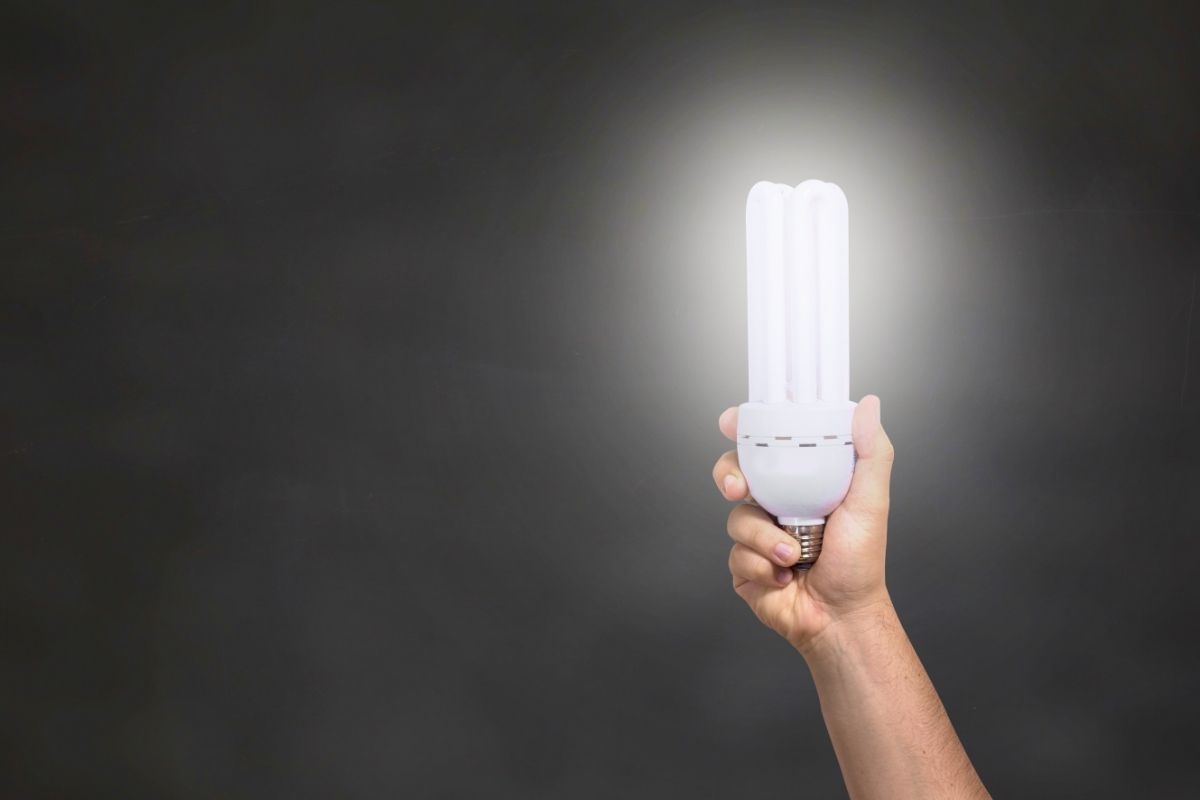
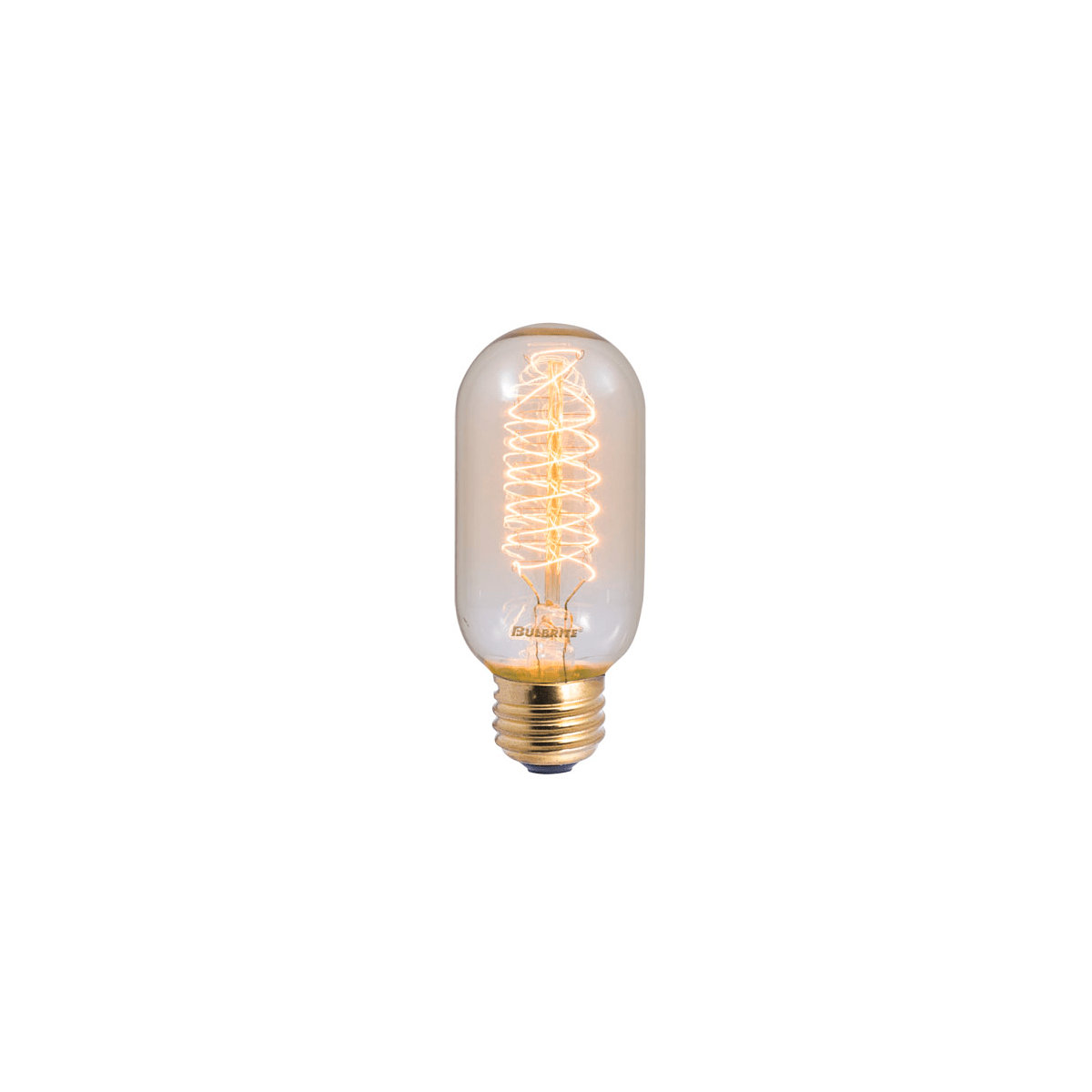
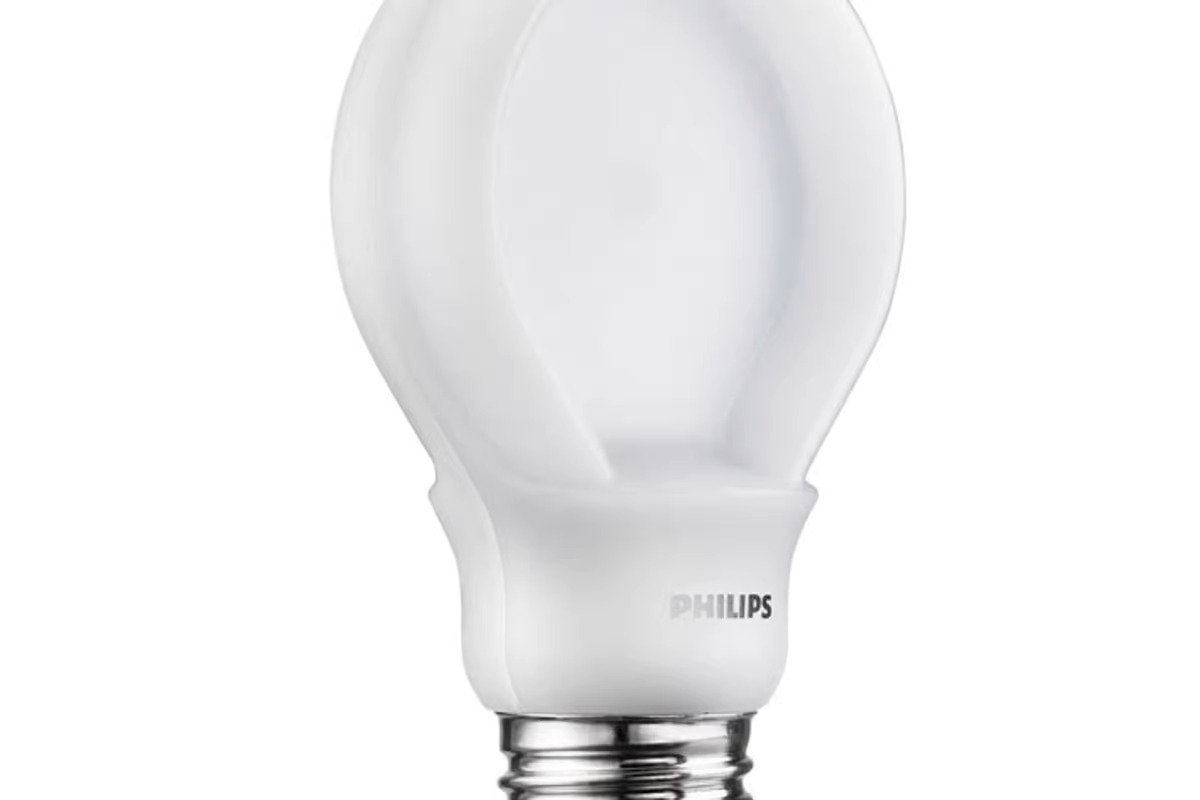
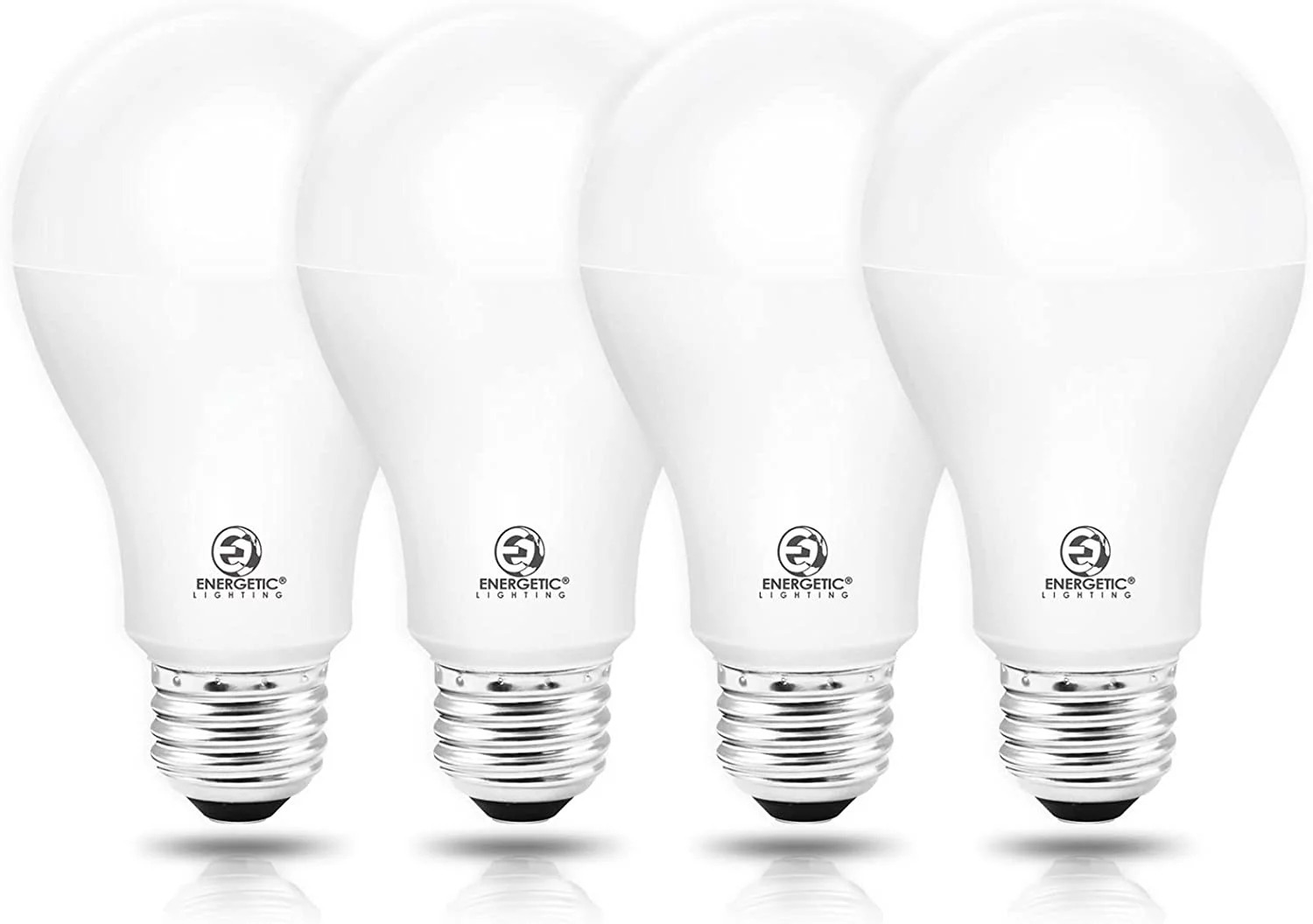
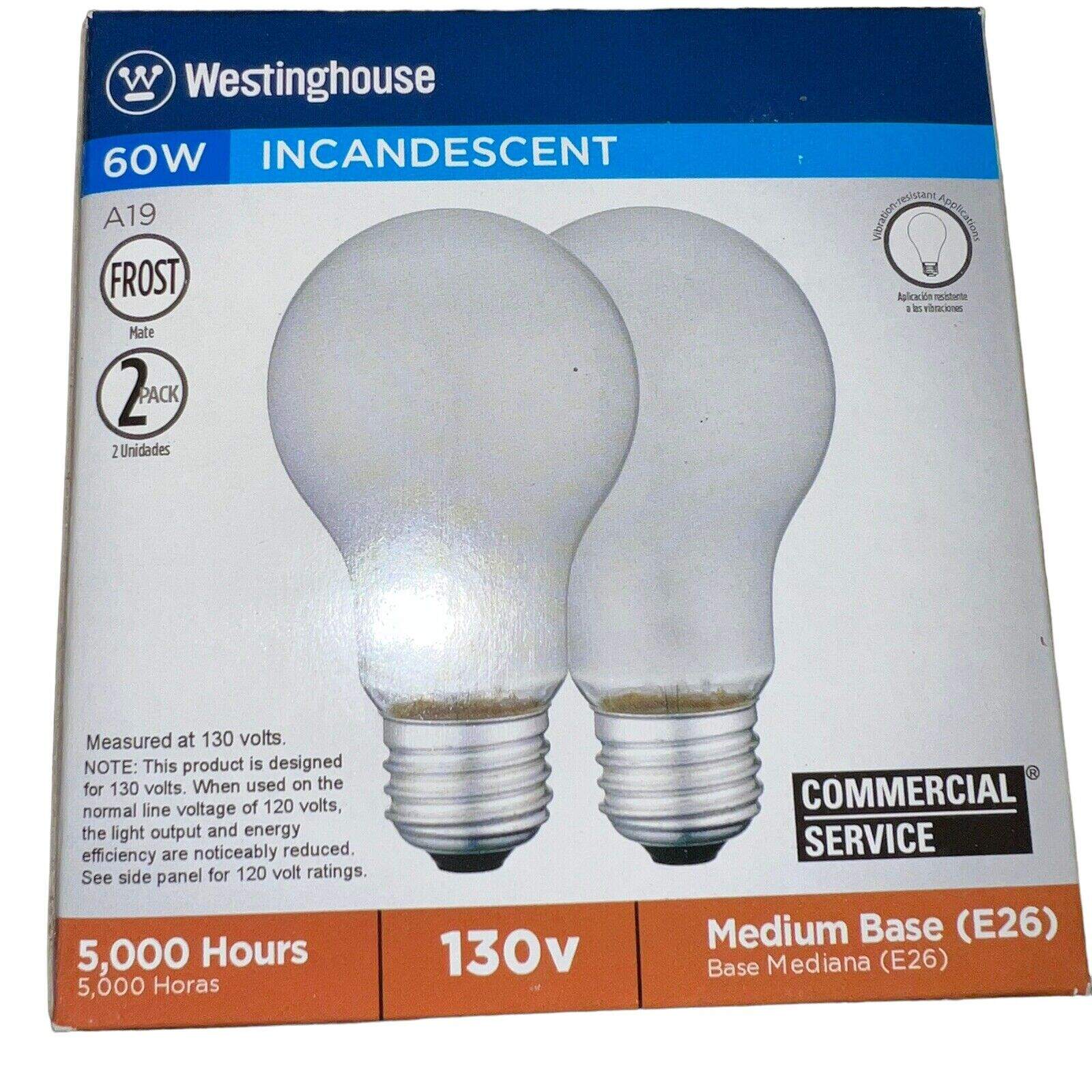
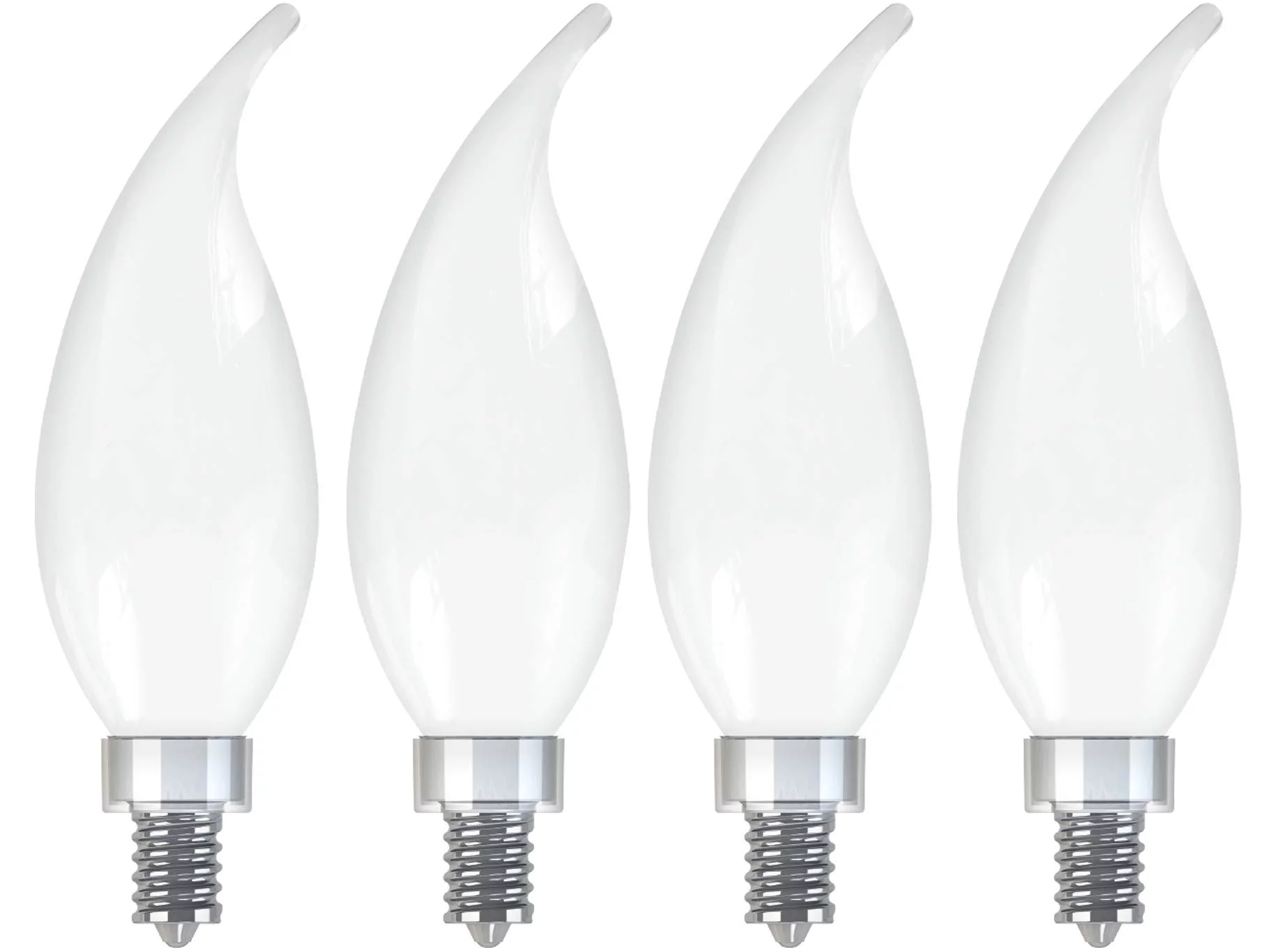
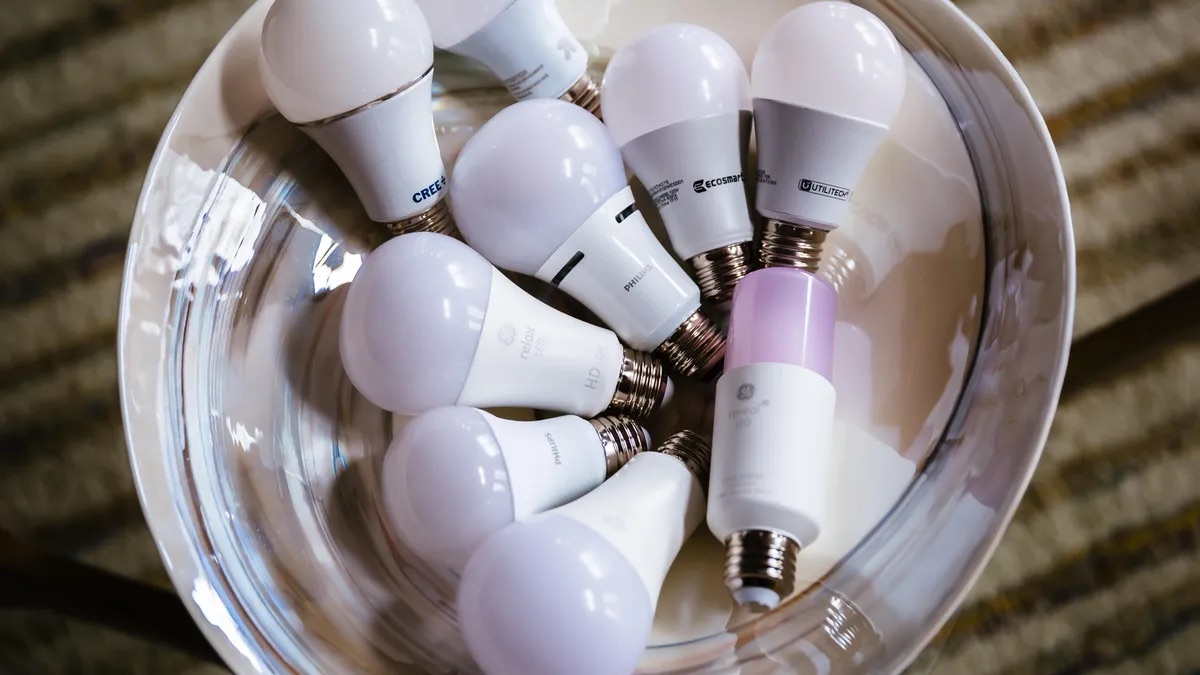
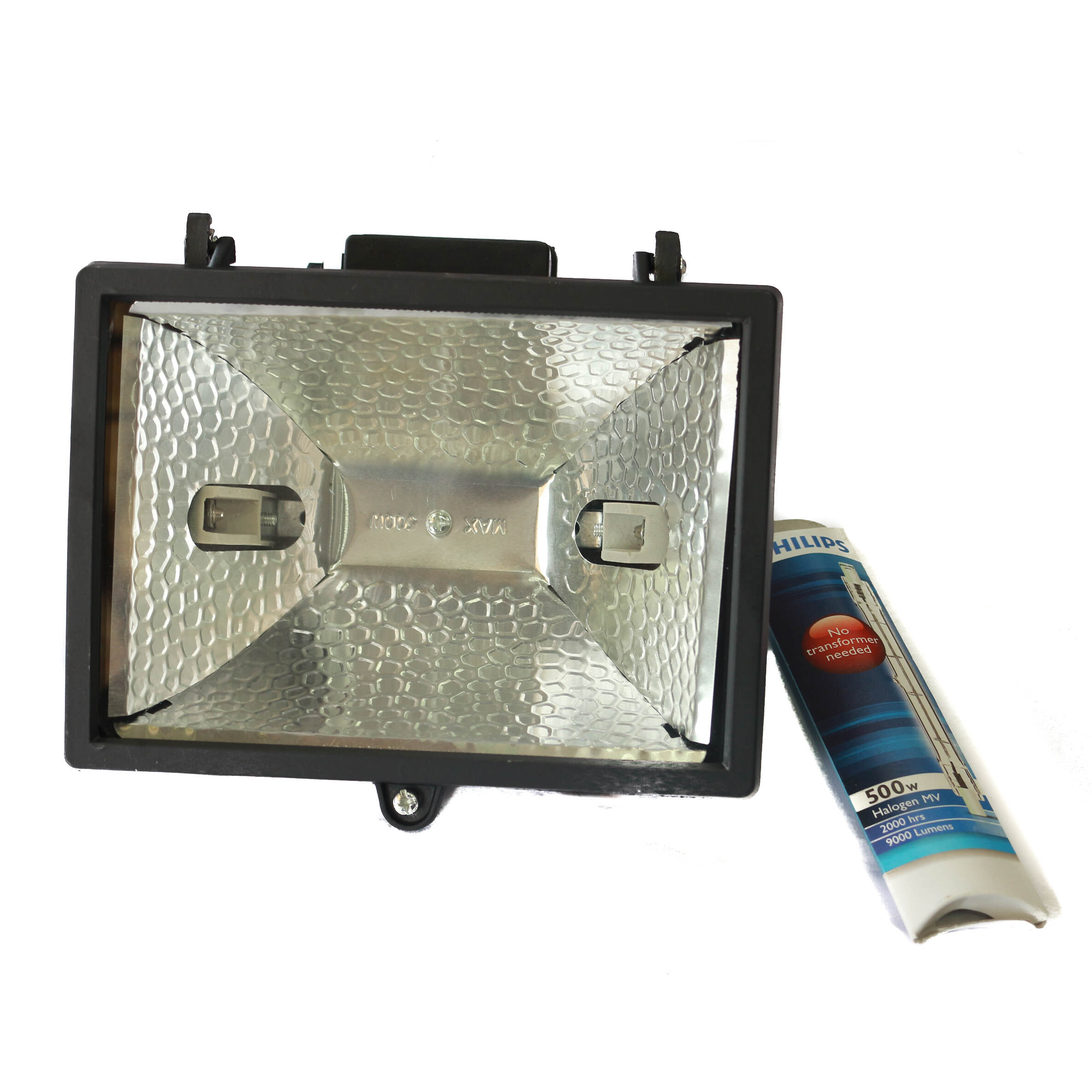
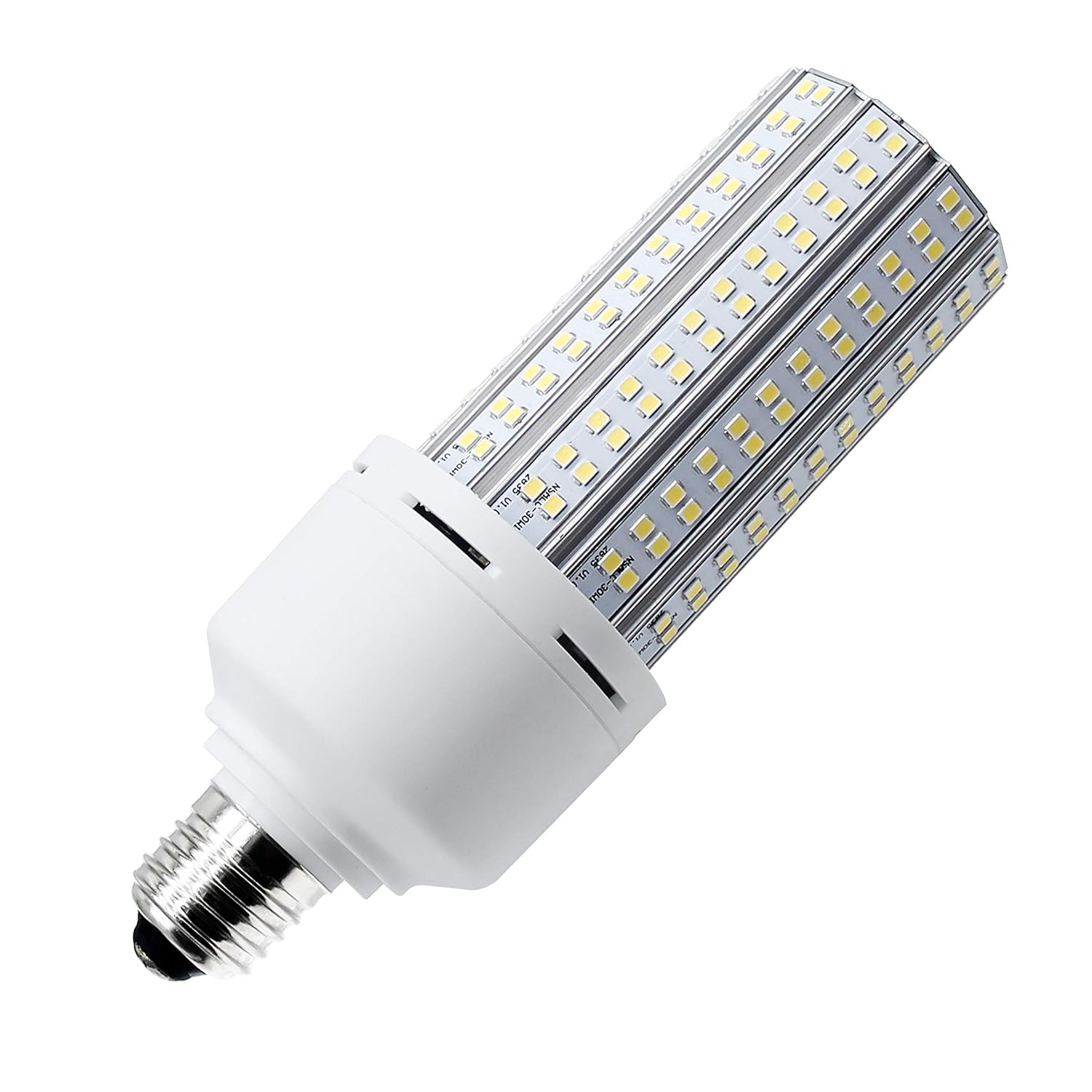
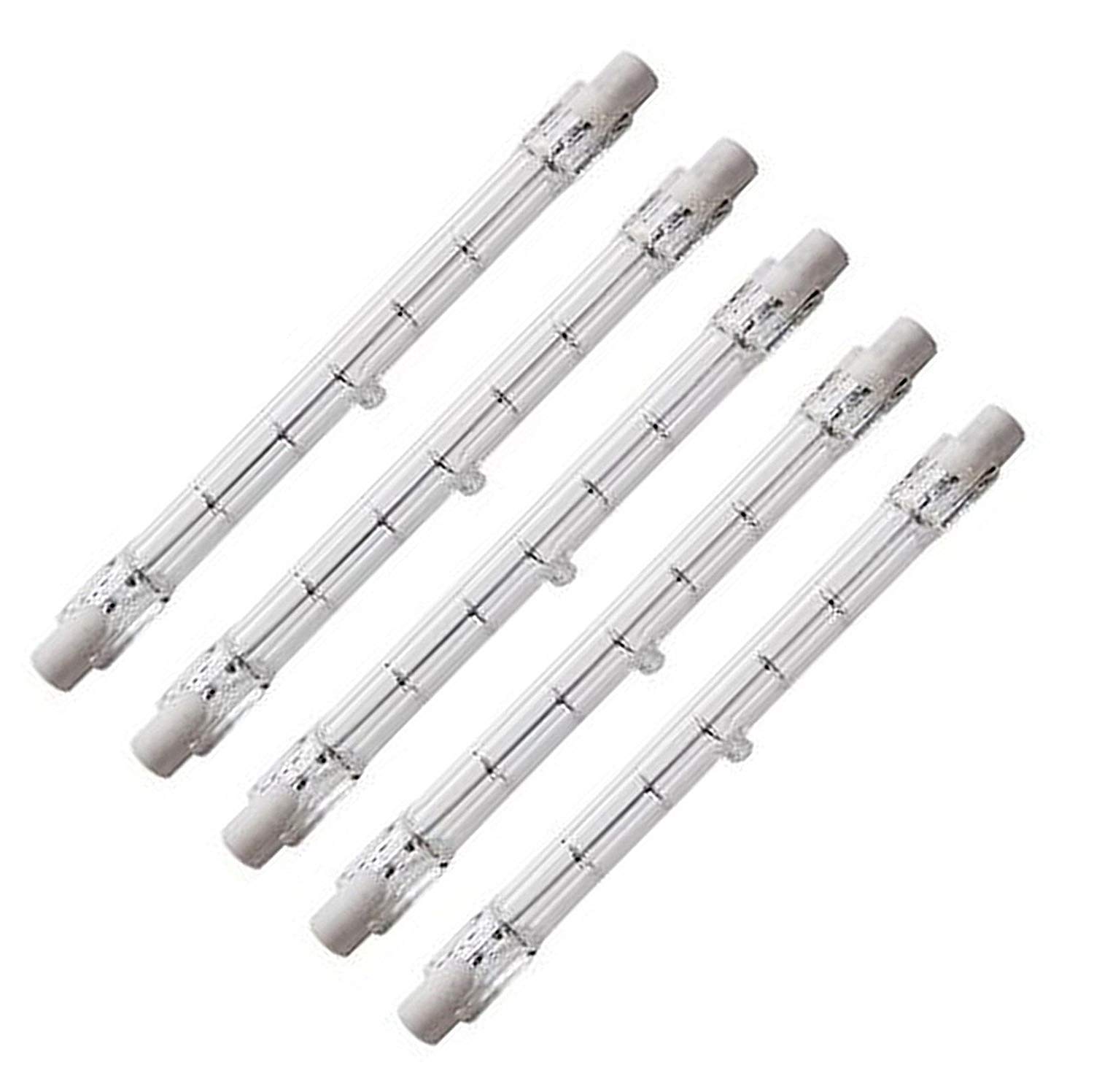
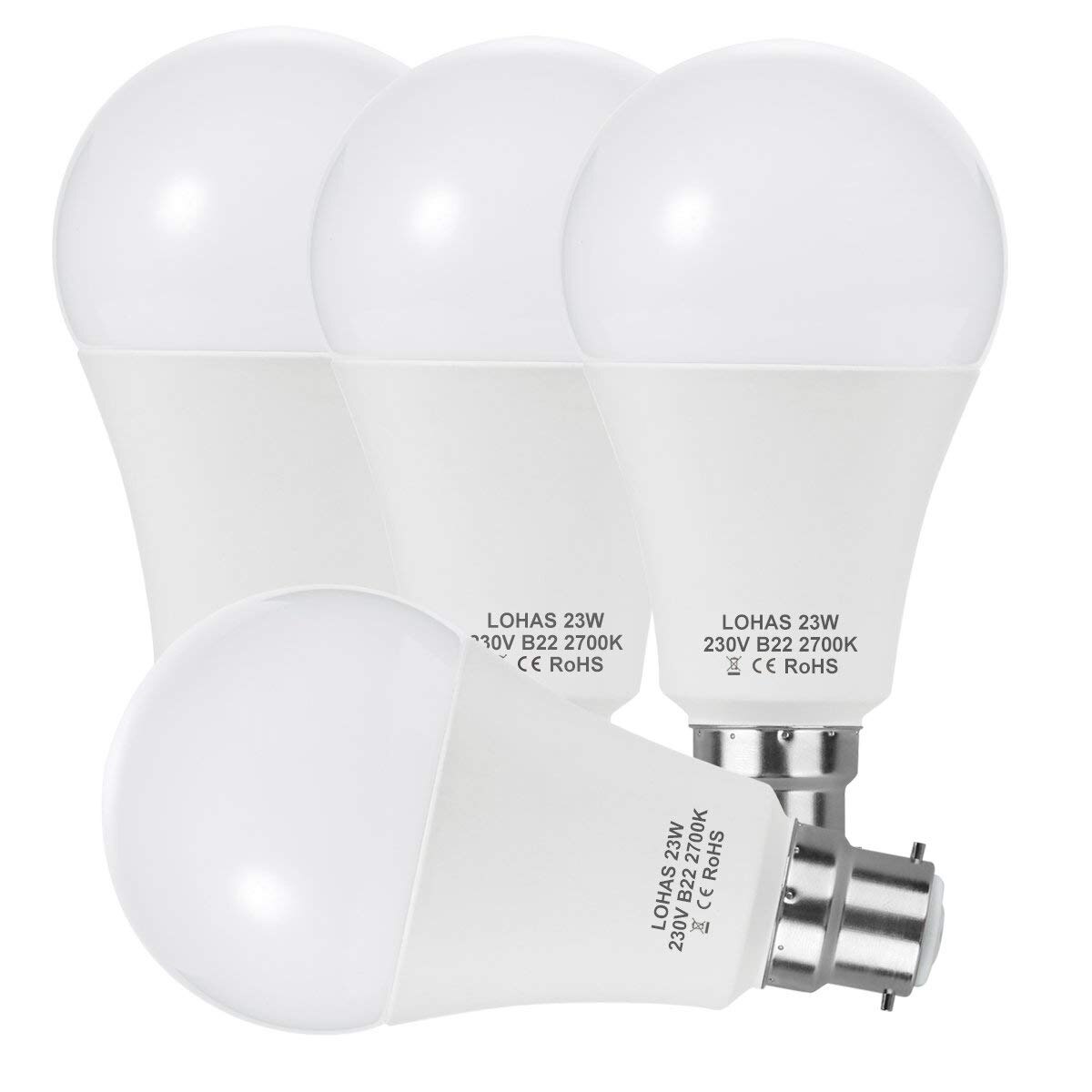
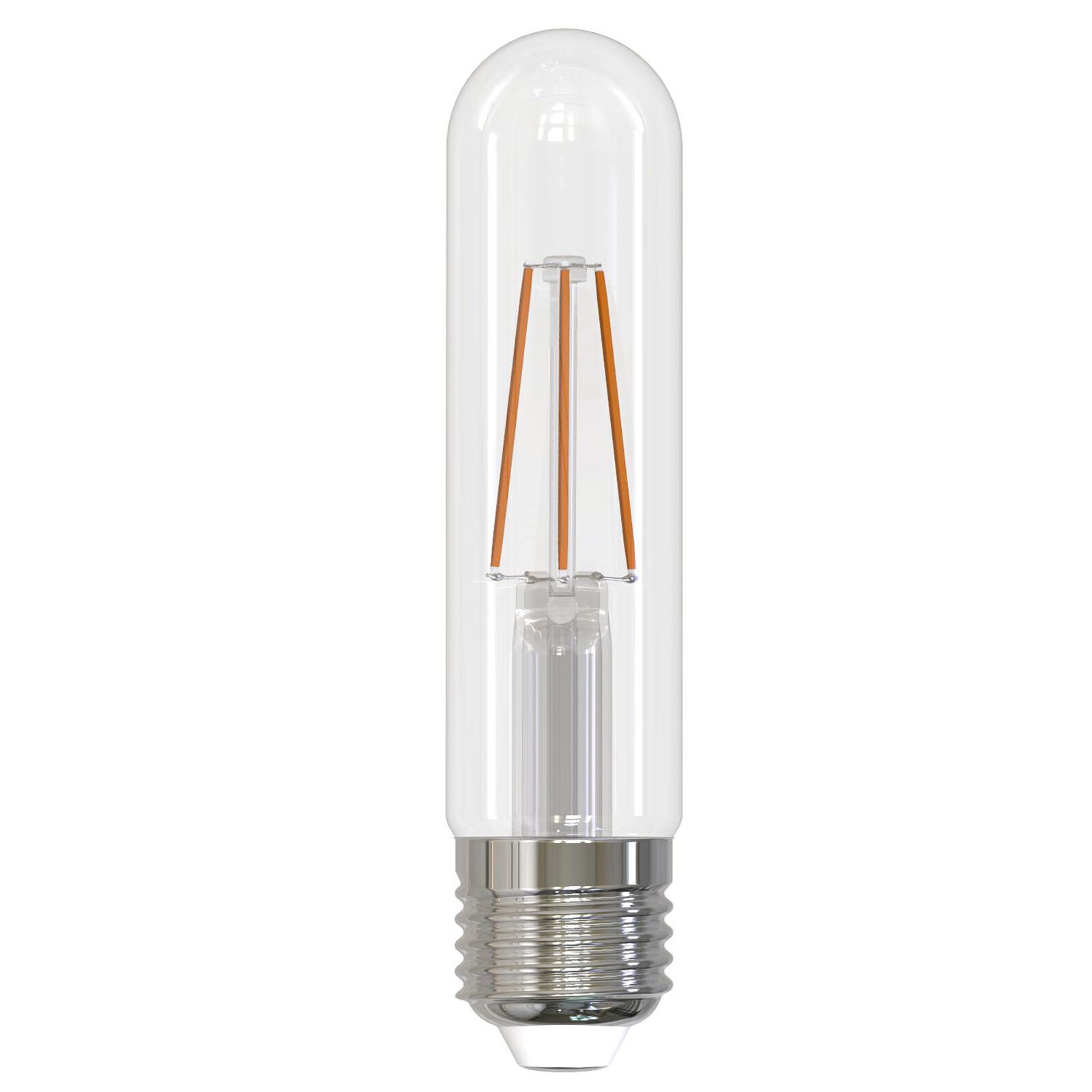
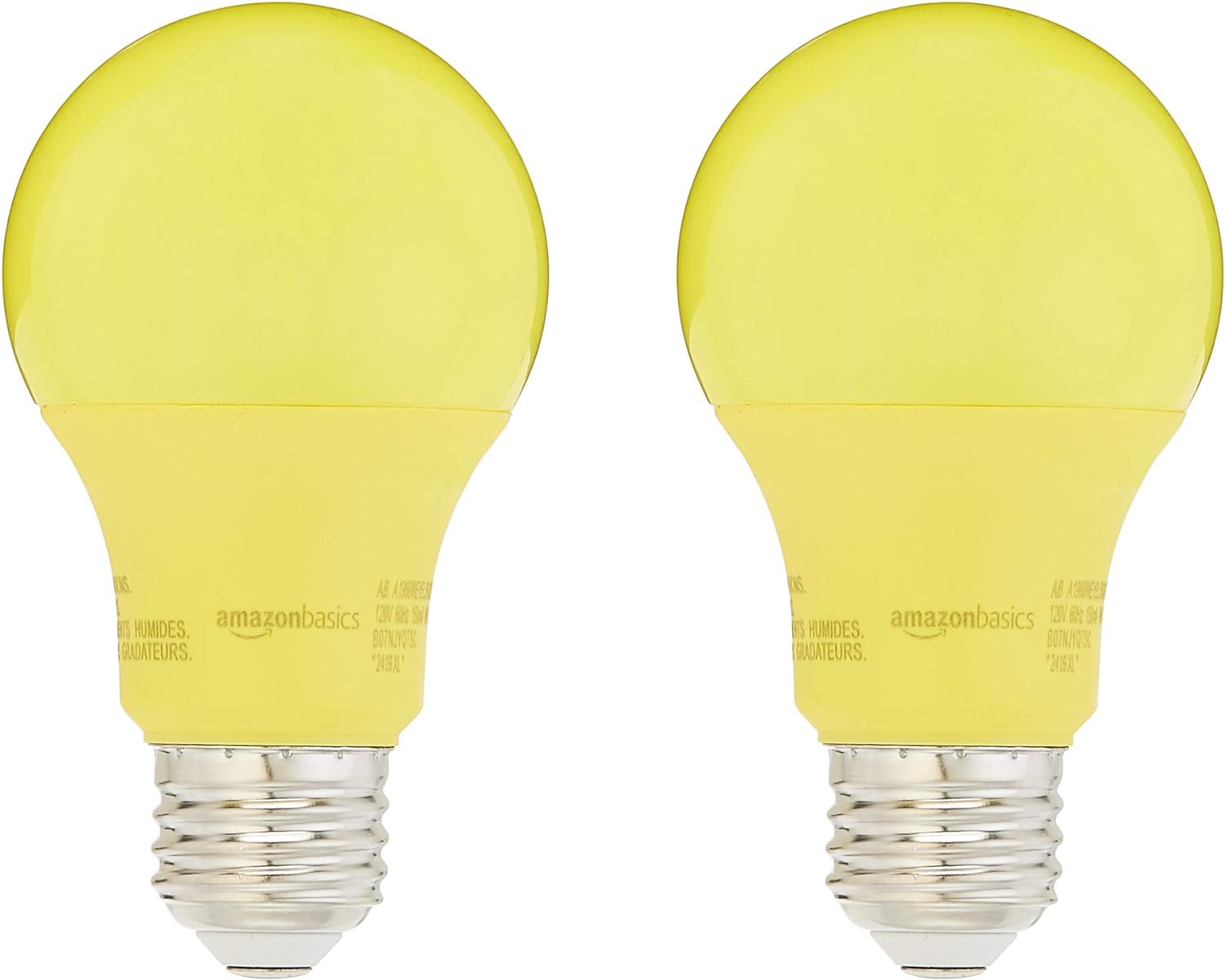
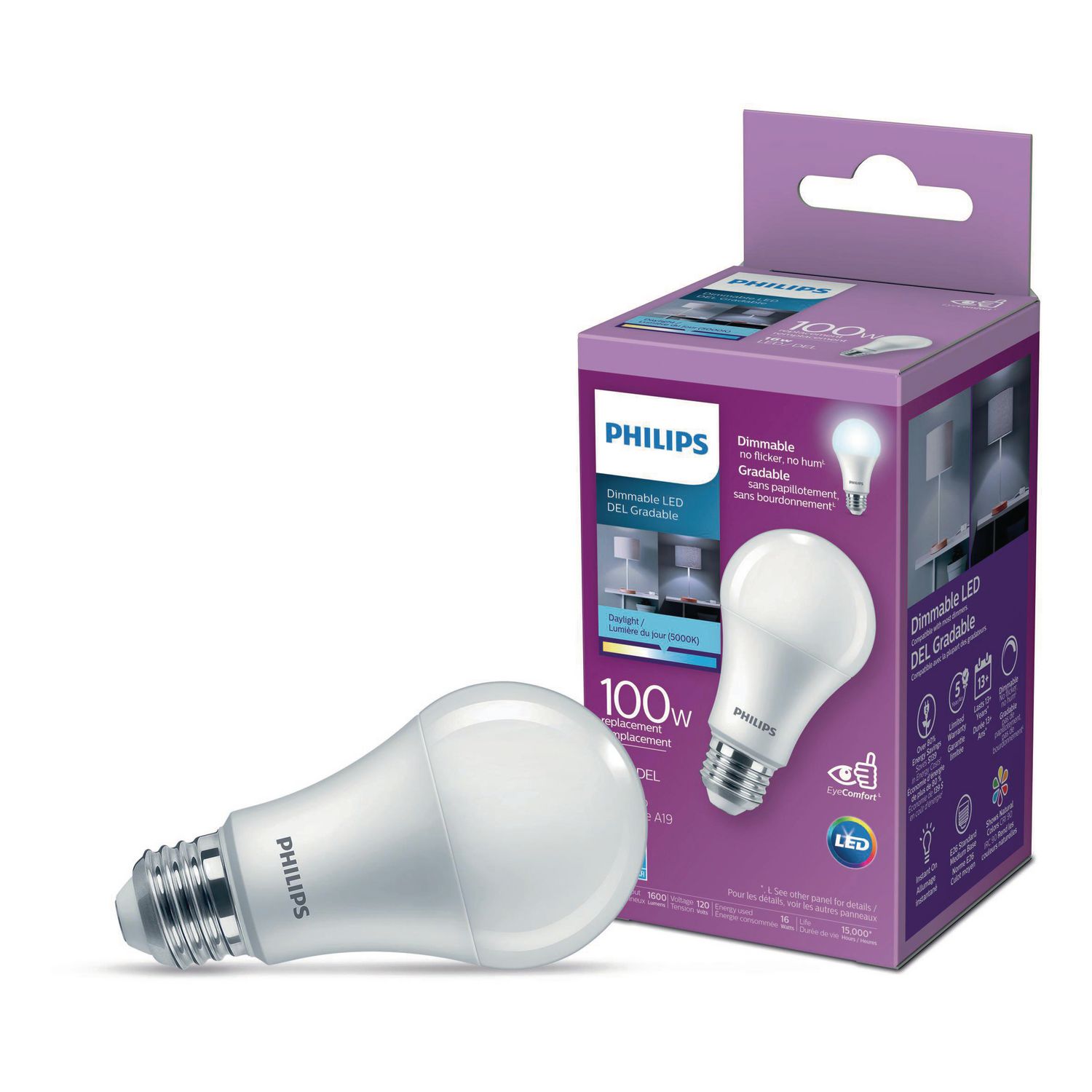

0 thoughts on “How Many Lumens Is A 60 Watt Incandescent Bulb”